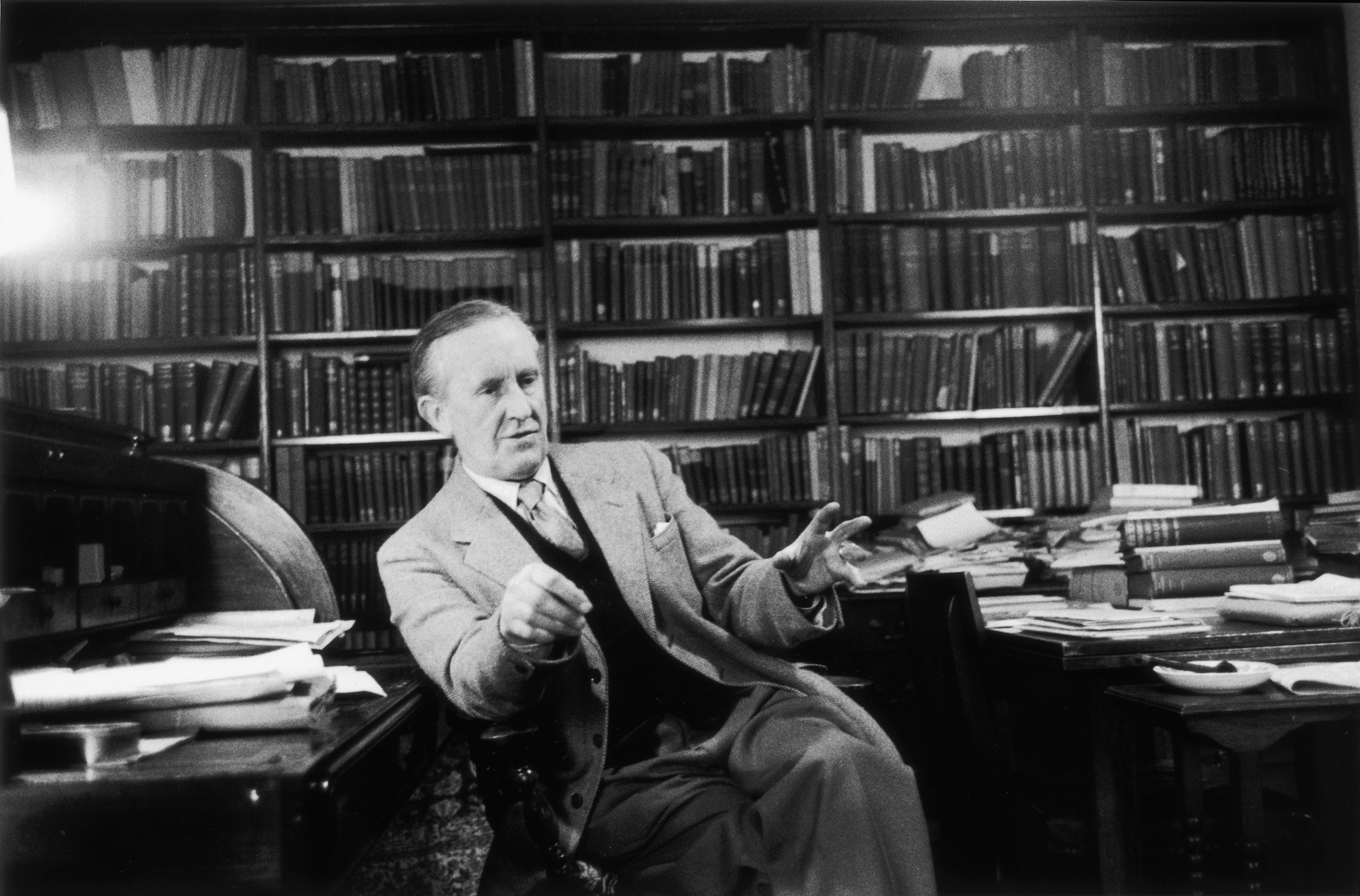
“You’re not going to sing my many songs? What are you, a filthy orc?”
“You’re not going to sing my many songs? What are you, a filthy orc?”
Perform the poetry, sing the songs
As the examples above indicate, the book’s many poetic sections are, to put it mildly, of varying quality. (In December 1937, a publisher’s reader called one of Tolkien’s long poems “very thin, if not downright bad.”) Still, I made the choice to read every word of every poem and to sing every word of every song, making up melodies on the fly.
This was not always “successful,” but it did mean that my children perked up with great glee whenever they sensed a song in the distance. There’s nothing quite like watching a parent struggle to perform lines in elvish to keep kids engaged in what might otherwise be off-putting, especially to those not deeply into the “lore” aspects of Middle-Earth. And coming up with melodies forced me as the reader to be especially creative—a good discipline of its own!
I thought it important to preserve the feel of all this poetic material, even when that feeling was confusion or boredom, to give my kids the true epic sense of the novel. Yes, my listeners continually forgot who Eärendil was or why Westernesse was so important, but even without full understanding, these elements hint at the deep background of this world. They are a significant part of its “feel” and lore.
The poetic material is also an important part of Tolkien’s vision of the good life. Some of it can feel contrived or self-consciously “epic,” but even these poems and songs create a world in which poetry, music, and song are not restricted to professionals; they have historically been part of the fabric of normal life, part of a lost world of fireplaces, courtly halls, churches, and taverns where amateur, public song and poetry used to flourish. In a world where poetry has retreated into the academy and where most song is recorded, Tolkien offers a different vision for how to use verse. (Songs build community, for instance, and are rarely sung in isolation but are offered to others in company.)
